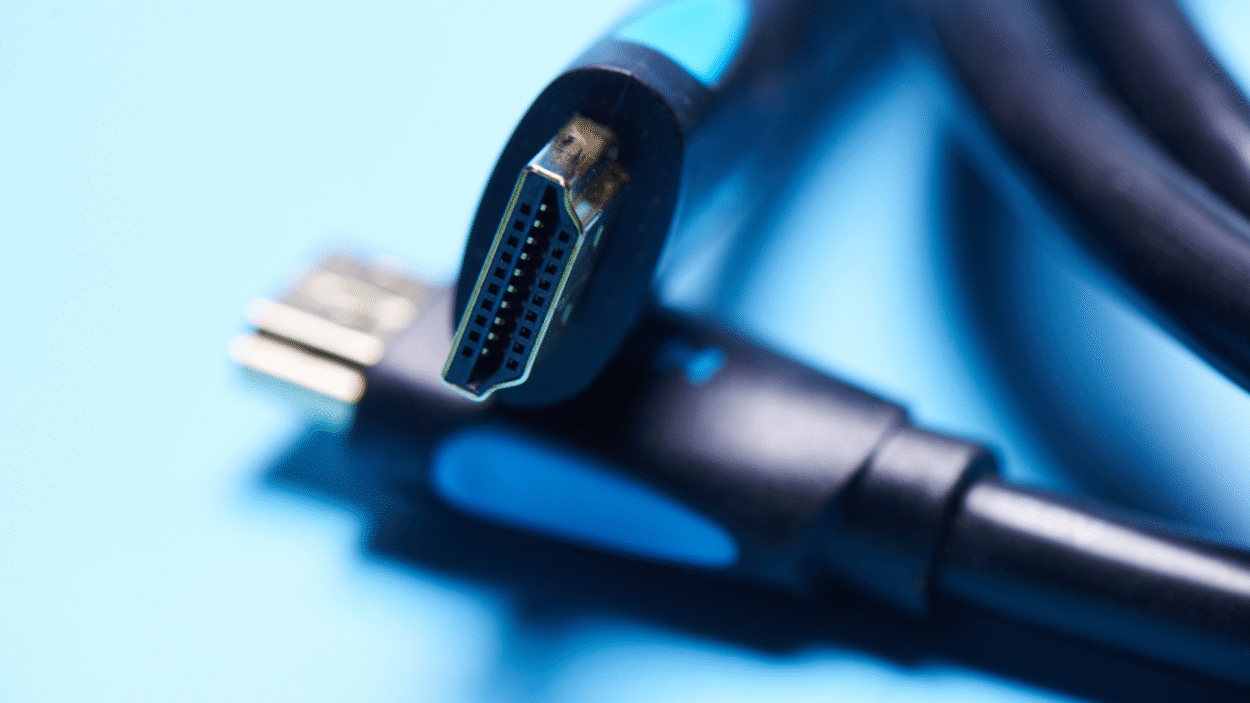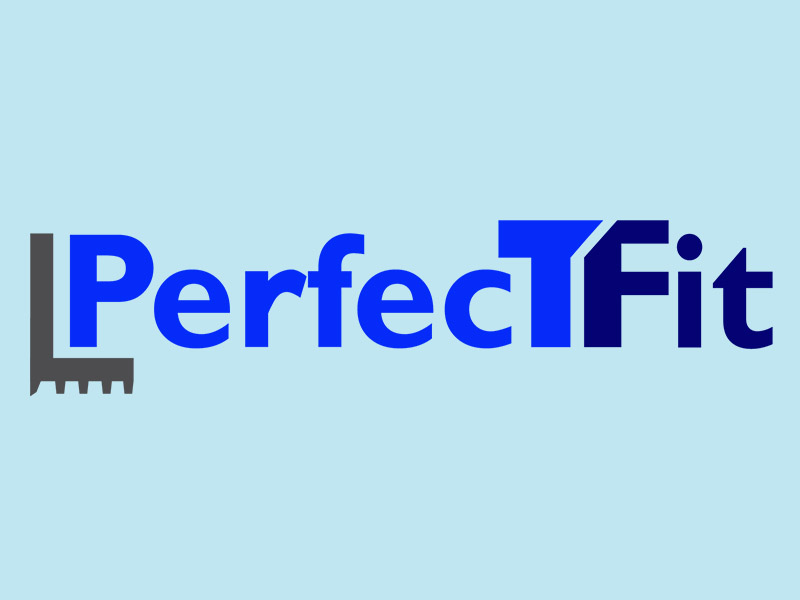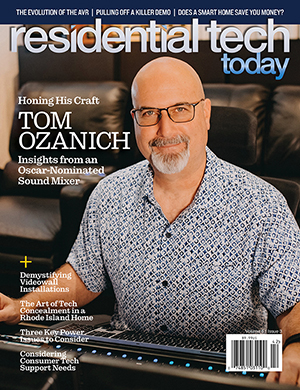When the HDMI 2.2 standard was unveiled back in January during CES it detailed the important advancements that it will deliver, led by a doubling the bandwidth from 48 Gbps to 96 Gbps so that higher resolution with fast refresh rates may be natively supported. With announcements such as that it is natural to ask “when?” At the time, the HDMI Forum was upfront to say that the standard was not yet complete and that it would probably be released “later in the year around June.”
With six months now having passed since CES we are now just past the end of the first half of the year. To their credit, the HDMI Forum is making good on that promise as just as June was coming to an end, they announced that the final HDMI 2.2 specification has now been completed and released. This is an important milestone, as that enables final parts to be created and produced. That, in turn, will make it possible for manufacturers to design, certify, build, and eventually release products with HDMI 2.2.

Given the importance of HDMI in the home technology ecosystem and coverage of it by the wider popular business and enthusiast press and social media sites this announcement hasn’t gone unnoticed. For that reason, it is quite likely that, probably sooner than later, you will be asked, or will ask yourself, “When can I get products with HDMI 2.2 so that I’m future-proofed?”
That is a good and reasonable question, and while the answer may require a software update, the likelihood is still somewhat out to the end of the year or more probably with new HDMI 2.2 products being announced around CES 2026. However, that time lapse doesn’t mean that you can ignore HDMI 2.2 and the press briefing did give us all some additional information that is useful as you plan system installations and upgrades for yourself and your clients, or to structure bid responses for prospective clients.
The first news nugget was that while HDMI 2.2 is the format standard name, the go-to-market name will be Ultra96. Reality says that brands will most likely use the more recognizable HDMI 2.2 moniker more often, but least the name is there.
However, the one place where you will definitely see the branding used in for cables that are tested to meet the standard and properly pass the full bandwidth signal needed for the likes of, hold on to your hats, 4K at 400/480fps, 8K at 400/480fps, 12K/120 and hold on to your hats and eyeballs, 16K @50/60fps video from sources that such as high-end PC video cards to displays that are capable of handing it. Remember, no matter how good the source and sink devices are the if the signal can’t get from one device to another it is all for naught. Thus, another part of the June announcement was Ultra96 HDMI cables, one step up from Ultra High Speed cables which are the current top end. These cables are literally the link you will need to make everything talk to each other properly. To ensure that you are getting what you pay for, proper Ultra96 HDMI cables will have the name on the package and printed on the cable jacket along with a QR code that when scanned will return a result letting you it is the real thing. This is a similar process to what is already in place for current Ultra High-Speed HDMI Cables. Look for the Ultra96 cables to hit the market before the end of the year.

Now that the new format has a formal name and cables, a reminder is perhaps in order to give you an idea of what HDMI 2.2/Ultra96 will bring you and where it might be worth planning for.
Given previously described increase in bandwidth you’ll be able to have higher resolution, faster refresh/ frame rate and, more precise color space/chroma sampling. Perhaps the earliest adopters for this will be gamers, where all of those things will make a difference where every microsecond, framer and pixel counts. Beyond that look to expend your practice and client outlook to applications where those same advances will be meaningful for high-end/high-resolution video conferencing for business, industry and industrial designers, imaging applications for medical, machine vision, and scientific ecosystem applications and more. Of course, residential applications should not to be ignored. This is particularly the case for 8K video as it continues to gain acceptance with more theatrical presentations being remastered to 8K and with some hints as to possible 8K content for the 2026 Winter Olympics in some regions.

Definitely a mention is Latency Indication Protocol, or LIP, a new feature of HDMI 2.2 that might be the biggest benefit. LIP will help eliminate to a much greater extent issues with video/audio sync caused by the increasingly wider range of entertainment system configurations with AVRs, processors and soundbars having to accommodate all sorts of streaming devices and services, Connected TVs (CTV), game consoles and PC gamers. Particularly with larger screens and faster game content action, lip sync will become more noticeable, and out-of-sync audio will be an annoyance you must avoid. LIP will hopefully reduce or eliminate that.
At this halfway point in the year the recent announcements show us that while actual products with HDMI 2.2 are still more than a bit down the road, things appear to be moving along well. It certainly tells us that this is a real thing we should keep on the boards for future system and equipment planning as well as to make certain that any cable runs that might need to be upgraded within a year or so are accessible.
HDMI 2.2/Ultra96 won’t be for everyone one every installation but for the right application will definitely make a difference. We’ll be keep track of its progress and will keep you posted as things develop.









